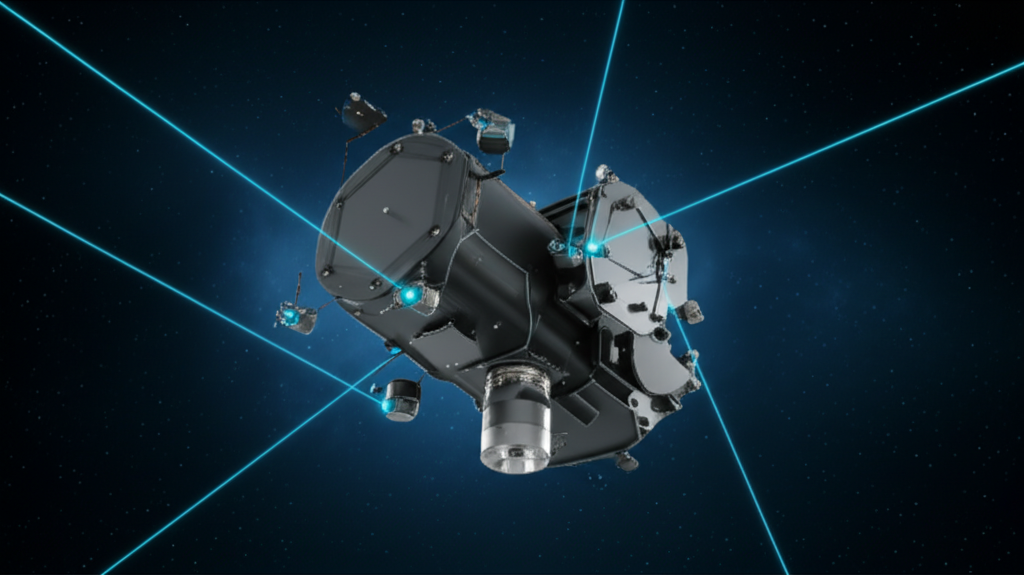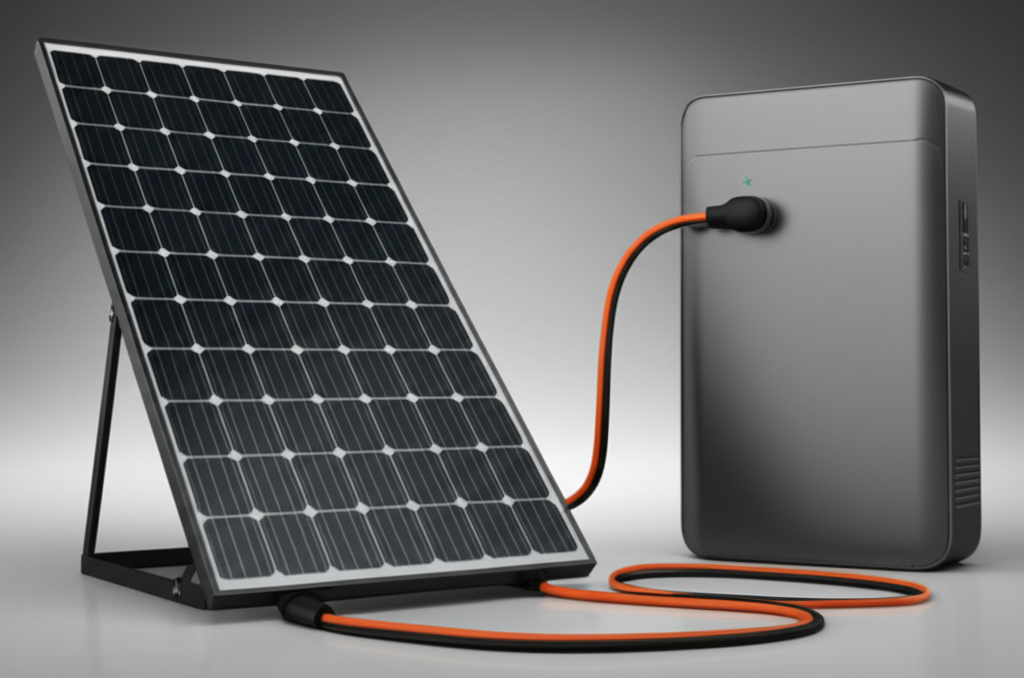
Attitude Determination and Control (ADCS) Basics
Attitude Determination and Control Systems (ADCS) are crucial for pointing CubeSats accurately for imaging, communication, or scientific measurements. This tutorial introduces ADCS concepts, common sensors (sun sensors, magnetometers, gyroscopes, star trackers), actuators (reaction wheels, magnetorquers, thrusters), and basic control algorithms.
Watch the Tutorial
Tutorial Content
What is Attitude?
Attitude refers to a satellite's orientation in space. The ADCS is the subsystem that answers two questions: "Which way am I pointing?" (Determination) and "How do I point where I need to go?" (Control).
Sensors (Determination)
These devices measure the satellite's orientation relative to external references.
Magnetometers
Measure the Earth's magnetic field to provide a coarse attitude estimate.
Sun Sensors
Detect the direction of the sun, providing another reference vector.
Gyroscopes (IMUs)
Measure the rate of rotation, helping to track attitude changes between sensor readings.
Star Trackers
Cameras that take pictures of stars and compare them to a star map for very precise attitude determination.
Actuators (Control)
These devices apply torques to change the satellite's attitude.
Magnetorquers
Electromagnetic coils that generate a magnetic torque by interacting with the Earth's magnetic field. Used for coarse pointing and detumbling.
Reaction Wheels
Internal flywheels that are spun up or down. Due to conservation of angular momentum, this causes the satellite body to rotate in the opposite direction. Used for fine pointing.

